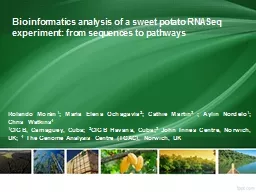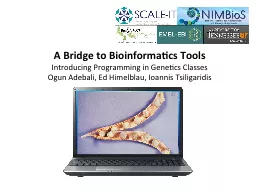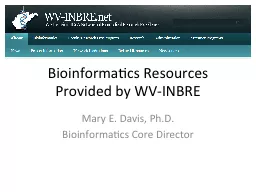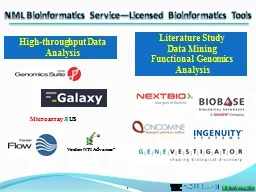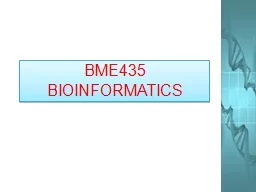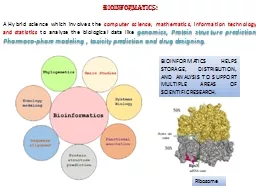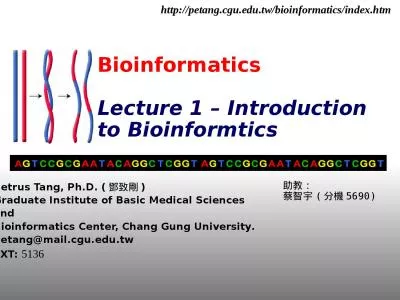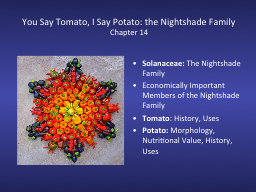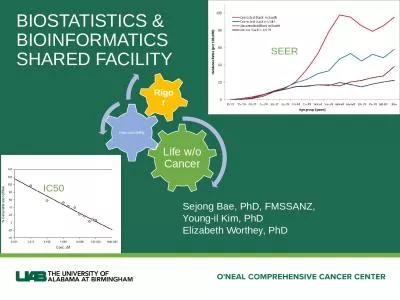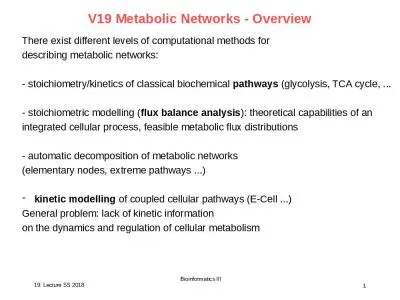PPT-Bioinformatics analysis of a sweet potato
Author : kittie-lecroy | Published Date : 2019-12-29
Bioinformatics analysis of a sweet potato RNASeq experiment from sequences to pathways Rolando Morán 1 María Elena Ochagavía 2 Cathie Martin 3 Aylin Nordelo
Presentation Embed Code
Download Presentation
Download Presentation The PPT/PDF document "Bioinformatics analysis of a sweet potat..." is the property of its rightful owner. Permission is granted to download and print the materials on this website for personal, non-commercial use only, and to display it on your personal computer provided you do not modify the materials and that you retain all copyright notices contained in the materials. By downloading content from our website, you accept the terms of this agreement.
Bioinformatics analysis of a sweet potato: Transcript
Download Rules Of Document
"Bioinformatics analysis of a sweet potato"The content belongs to its owner. You may download and print it for personal use, without modification, and keep all copyright notices. By downloading, you agree to these terms.
Related Documents

